Uncategorized
-

Symposium honors Casagrande’s career
Colleagues of Vivien Casagrande, Ph.D., celebrated her distinguished career in the visual sciences with a “Lifetime of Vision” symposium Nov. 18 in Biological Sciences/Medical Research Building III. Casagrande, who joined the Vanderbilt University faculty in 1975, is professor of Cell & Developmental Biology, Ophthalmology and Visual Sciences and… Read MoreDec. 2, 2016
-

NIH recognizes exciting new way to control mosquitoes
In a new study, Vanderbilt pharmacologist Jerod Denton, Ph.D., Ohio State entomologist Peter Piermarini, Ph.D., and colleagues report an experimental molecule that inhibits kidney function in mosquitoes and thus might provide a new way to control the deadliest animal on Earth. Read MoreDec. 2, 2016
-
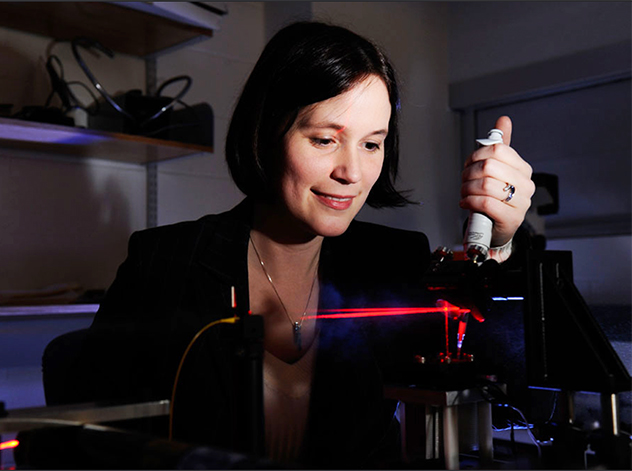
Basic Science Research Advisory Committee formed
Vanderbilt University School of Medicine (VUSM) has formed a new Basic Science Research Advisory Committee. The committee, which is inclusive across all VUSM departments, will hold quarterly meetings that will serve as a forum for generating ideas and opportunities. The committee’s first meeting will take place on Dec. Read MoreDec. 2, 2016
-
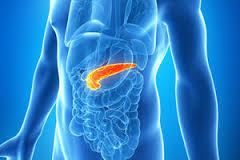
The Highs and Lows of Endocrine Pancreas Development
The pancreas is a complex organ comprising the exocrine pancreas that produces digestive enzymes and the endocrine pancreas that produces the metabolism-regulating hormones insulin and glucagon. For many years, embryologists have been trying to understand how the developmental process gives rise to these two functionally distinct tissues within a… Read MoreNov. 16, 2016
-
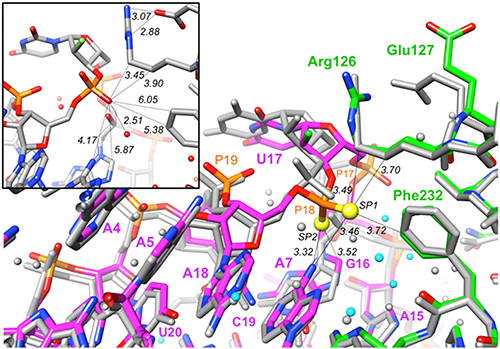
Improving the Aptitude of Aptamers
Aptamers are short RNA or RNA-based polynucleotides that are designed to bind tightly and specifically to a target protein. They have engendered considerable excitement in recent years because of their potential uses as drugs, diagnostic probes, and research affinity agents. In fact, an aptamer that binds to vascular endothelial… Read MoreNov. 16, 2016
-

Targeting New Pathways for the Treatment of Schizophrenia
Although the exact cause of schizophrenia remains a mystery, accumulated evidence suggests that it is due, at least in part, to abnormal levels of the neurotransmitter dopamine in the brain. As a result, the vast majority of drugs used to treat schizophrenia block some aspect of the dopamine signaling… Read MoreNov. 16, 2016
-
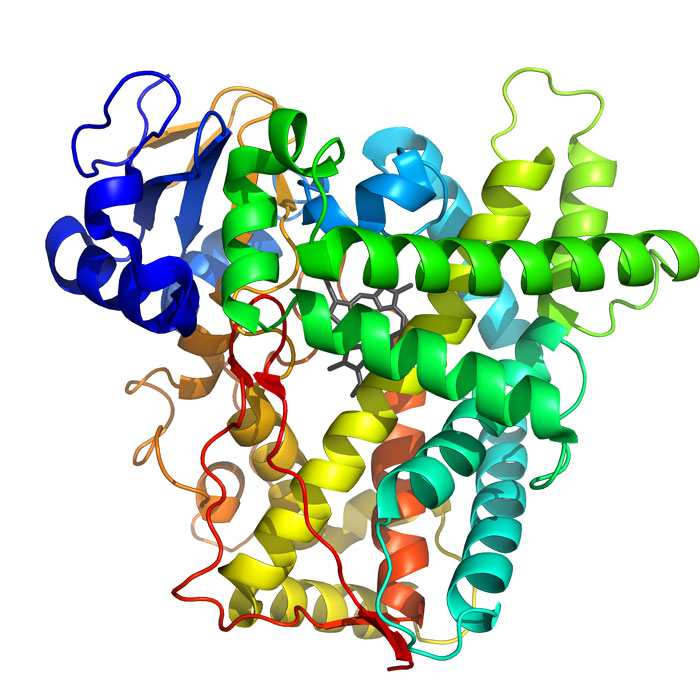
A Closer Look at the Mechanism of Steroid Biosynthesis
The first step in the biosynthesis of steroid hormones such as cortisol, testosterone, progesterone, and estrogen is catalyzed by the enzyme cytochrome P450 11A1 (P450 11A1). Starting with cholesterol, this enzyme first adds two hydroxyl groups (each containing an oxygen and a hydrogen atom) to two adjacent carbons of… Read MoreOct. 25, 2016
-

Betting on BET Protein Inhibitors
Histones are proteins that play an important role in packaging DNA into chromosomes and in regulating gene transcription. One mechanism by which histones facilitate transcription is through interaction with BET proteins, which promote the release of RNA polymerase that has “paused” at transcription start sites of genes. Some cancers,… Read MoreOct. 25, 2016
-
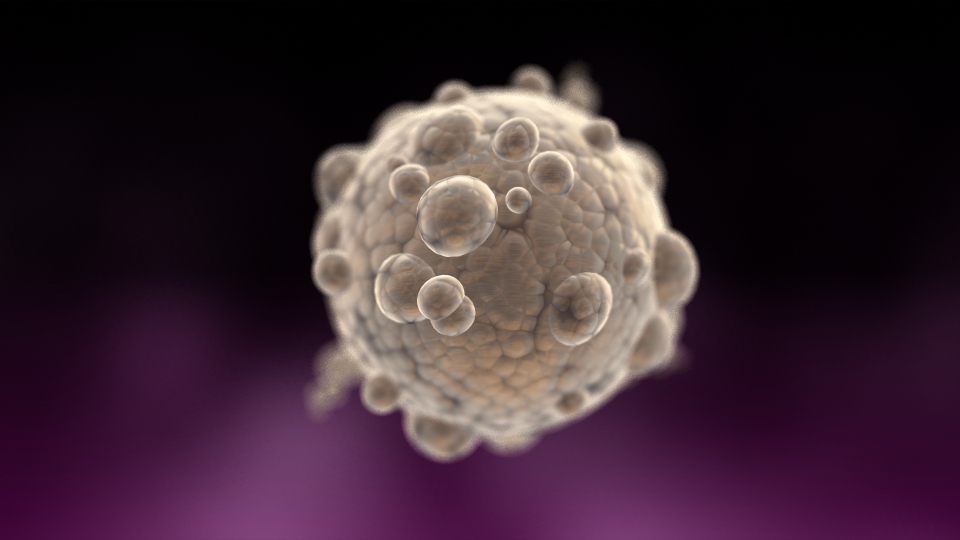
Lighting up Protein-Protein Interactions
Autophagy is an important process by which cells remove and degrade aging, unnecessary, or damaged components. It is critical for development and the maintenance of overall health. In selective autophagy, the cell targets specific cellular components for degradation by attaching a tag, such as the protein ubiquitin. Removal of… Read MoreOct. 25, 2016
-
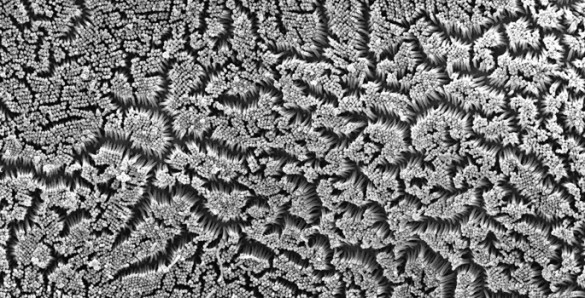
Motoring to the tips of the brush border
The epithelial cells that line organs like the intestines and kidneys build a special surface called the “brush border,” which consists of a dense array of finger-like microvilli. Matthew Tyska, Ph.D., and colleagues are exploring the molecular machinery that builds the border, which is critical for healthy organ function. Read MoreOct. 18, 2016